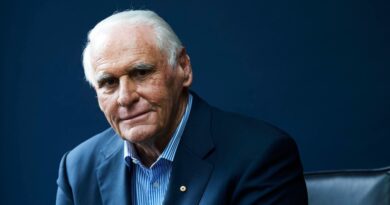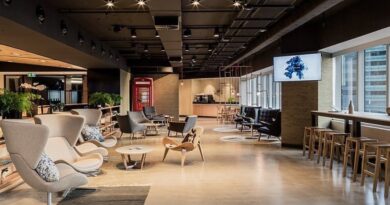Australian Hotels Dominate in Global Survey
The Western Australia capital, often dubbed the most isolated city in the world, recorded an occupancy rate of 82.4 per cent for 2008, which despite being 2.4 per cent lower than 2007, was still enough to pip New York, which recorded an occupancy rate of 81.9 per cent, and ranked second.
Abu Dhabi, about an hour drive west from Dubai, was the thirst best performing hotel market globally, recording an occupancy of 81.6 per cent – up 8.5 per cent from 2007.
The sixth edition of the Deloitte Global Hotel Performance Review, compares 100,000 hotels worldwide and uses research extracted from the Smith Travel Research Global database.
Brisbane finished seventh in the global survey, reporting an occupancy rate of 79.9 per cent.
Sydney followed in eigth spot with an occupancy rate of 79.4 per cent, followed by Melbourne in ninth (79.2 per cent) and Adelaide in twelfth (78.5 per cent).
The Deloitte survey said average room rates increased 5.6 per cent to $US146 for hotels in Australia and Oceania last year.
Deloitte hospitality partner Michael Kaplan said the fact that five Australian cities made it into the occupancy top 20 list shows how the country’s tourism sector is becoming a more successful enterprise.
“In a very difficult market, the results are great news for our hoteliers. While occupancy rates fell across many cities around the world, including Australia, our cities once again proved to be performing solidly, especially in the current economic environment,” Mr Kaplan said.
“It is hoped that the epic movie, ‘Australia’, released at the end of 2008 may well inspire tourists to take a trip down under and our cities will continue to dominate the occupancy index in 2009. The weaker Australian dollar could also work in local hoteliers’ favour as Australia will be a cheaper destination while locals will also choose to holiday at home rather than take the route to the more expensive overseas trip.”
The report also noted that more than 20.4% of the world’s tourists visited Asia Pacific in 2008 (or 188.3 million tourists), making it the second most popular region after Europe, with 52.9% (488.5 million tourists). Americas had 16% (147.6 million tourists) of the market share, Middle East 5.7% (52.9 million tourists) and Africa 5.1% (46.9 million tourists).
City Ranking Occupancy % change to 2007
1. Perth (AUS) 1 82.4% -2.4
2. New York (USA) 2 81.9% -1.8
3. Abu Dhabi (UAE) 3 81.6% 8.5
4. Hong Kong SAR (PRC) 4 81.2% -3.7
5. London (UK) 5 81.1% 0.8
6. Hurghada (EGY) 6 80.3% 4.1
7. Brisbane (AUS) 7 79.9% -4.0
8. Sydney (AUS) 8 79.4% -2.6
9. Melbourne (AUS) 9 79.2% -2.6
10. Osaka (JAP) 10 79.0% -2.5
11. Dubai (UAE) 11 78.9% -5.2
12. Adelaide (AUS) 12 78.5% -2.5
13. Seoul (KOR) 13 77.9% 6.1
14. Paris (FRA) 14 77.8% -1.0
15. Bali (IND) 15 77.8% 10.4
16. Singapore (SIN) 16 77.1% -8.0
17. Tokyo (JAP) 17 75.5% -4.7
18. Tel Aviv (ISR) 18 75.3% 0.4
19. Liverpool (UK) 19 75.3% 1.7
20. San Francisco (USA) 20 75.0% -0.1
Source: STR Global






